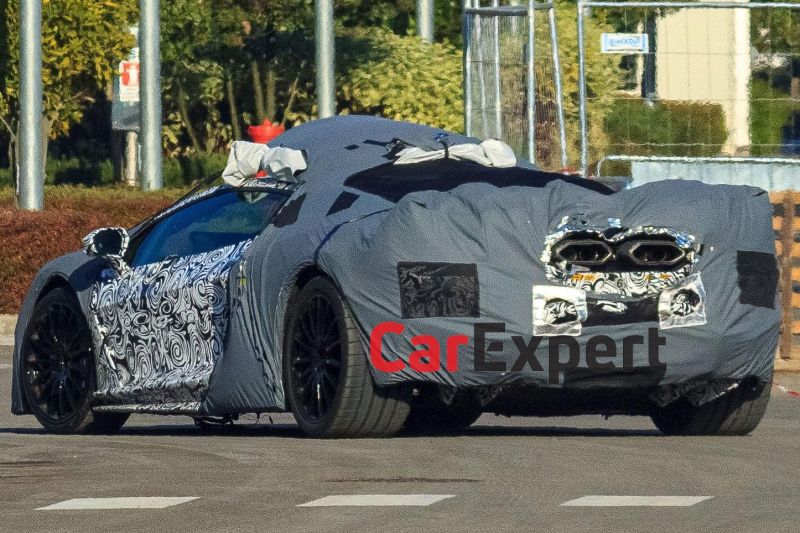The successor to the Lamborghini Aventador will break new ground with a V12 plug-in hybrid powertrain.
The overall wedge shape hasn’t been dramatically altered, though. There’s a short stubby nose, and a steeply raked glasshouse flowing into a long-ish rear deck.
As before, Lamborghini’s range-topping sports car will have a naturally-aspirated V12 engine. Stephan Winkelmann, Lamborghini’s CEO, claimed in July 2021 this mill will have a completely new design.
To help the company meet Europe’s ever-tightening emissions rules, as well as improve performance still further, the Aventador replacement will have a plug-in hybrid system as standard.
For reference, the outgoing Aventador is being farewelled by the LP780-4 Ultimae with a 574kW/720Nm 6.5-litre V12.
With all-wheel drive and an automated manual transmission, the Ultimae can complete the 0-100km/h sprint in 2.8 seconds, hit the double tonne in 8.7 seconds, and max out at 355km/h.
The supercapacitor setup used in the Sian has been deemed a “bridge technology” that’s unable to meet the EU’s mandates. The Sian had a total from 602kW from its hybrid V12 system.
While we know a little bit about the new car’s underpinnings, it’s hard to get a handle on the vehicle’s styling.
This prototype features not only a swirly camouflage, but also detachable covers at both front and rear, so it’s hard to make out many of the car’s styling details.
There are new doors with a prominent crease that links a vent behind the front wheel arch to a side intake feeding air into the V12 engine. Large drilled brakes with yellow calipers have been fitted to this prototype.
Cutouts in the grey cover indicate there will be intakes close to the car’s C-pillar.
The wing mirrors seem to be even pointier than before, but the height of the stilts they live on look to be shorter than at present.
At the rear the prototype features four high-mounted exhaust tips. From the back we can also see the car’s exceptionally wide rear tyres.
The Aventador’s replacement is expected to debut in time to go on sale globally in 2023.











